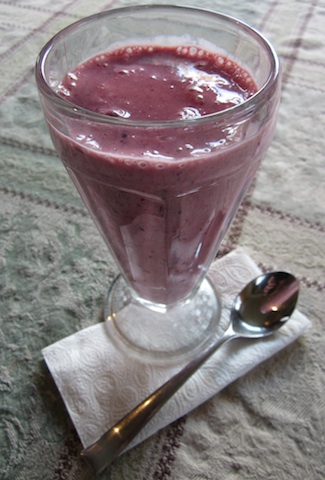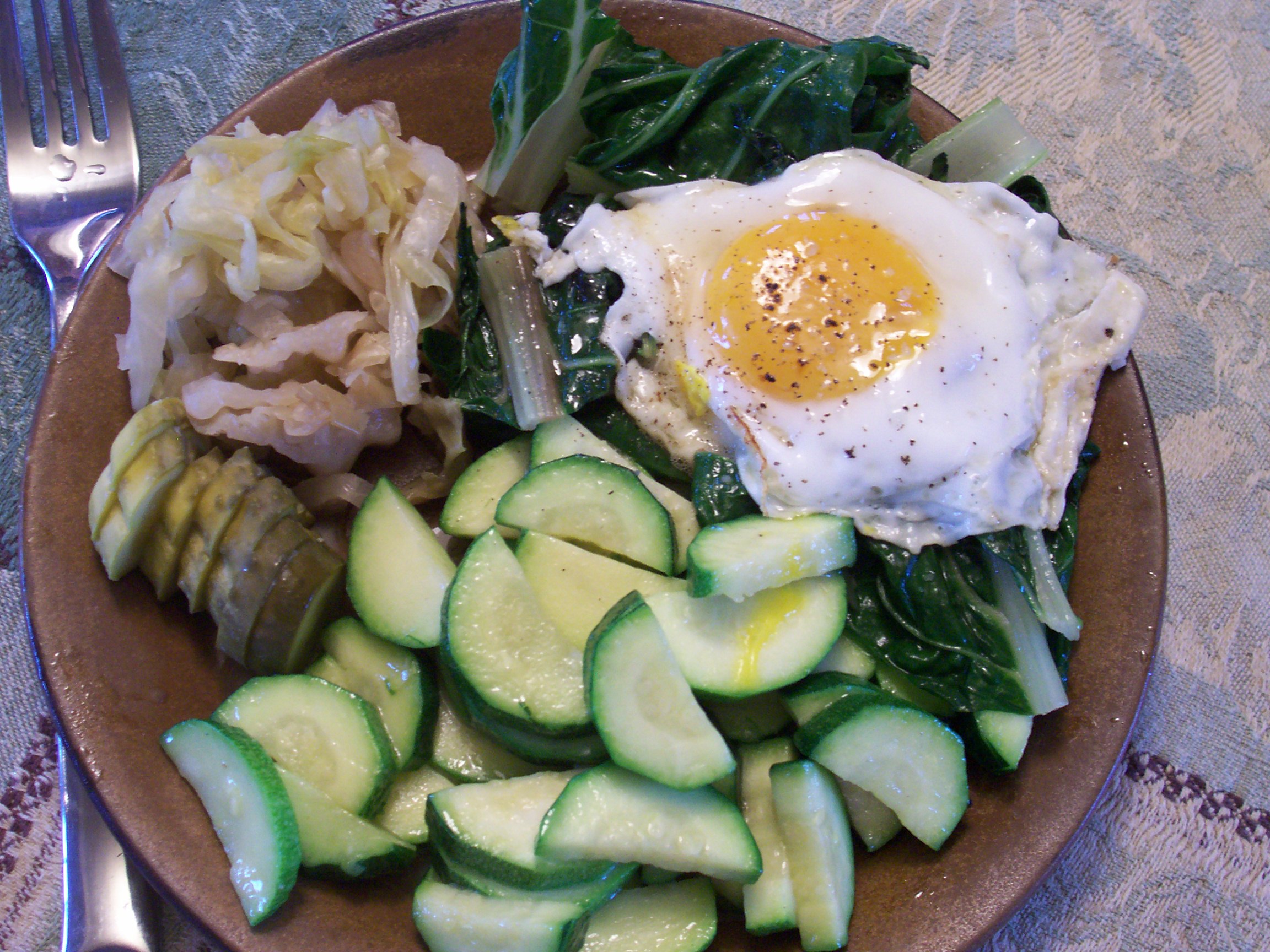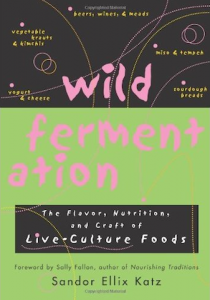Sorry, we do not have any more free culture.

This is yoghurt and Kefir made from frozen raw milk. Making your own yoghurt and Kefir will save money plus reduce your waste stream by using reusable glass jars. My family really enjoys yoghurt so I always make 2L of yoghurt at a time.
I have had a number of emails over the months about dairy and water Kefir. Kefir originated in the Caucasus Mountains and is a gelatinous community of bacteria and yeast. Kefir grains are the real thing. They are different from the “direct set cultures” you will find in health food stores which lose their potency and must be purchased again. Once you get the Kefir grains they will continue to grow indefinitely as long as the culture is fed.
I received my dairy and water Kefir grains from Real Kefir Grains. You can order directly from Marilyn Jarzembski, better known as the Kefir Lady, and she will ship it to you at a very reasonable price. Her culture is very vigorous. If you live in or near Kamloops, you can come and pick up your Kefir grains from me for free. Just email me to ensure I have enough to share. I get my Yoghurt Starter from Custom Probiotics which also has a line of probiotics. If you have never made yoghurt before please read To Heat or Not To Heat: A Yogurt Question.
These are the cultures I have to share:
1. Wild sour dough culture (sour dough bread, biscuits, pancakes, etc)
2. Lacto-fermentation liquid (sauerkraut, pickles, kimchi, etc)
3. Dairy Kefir (yoghurt-like drink, Kefir cheese, Kefir bread, etc)
4. Yoghurt culture
5. Water Kefir

This is a Kefir drink made with frozen organic cherries we picked ourselves last summer and frozen raw milk from our cow. It’s wonderful knowing where my family’s food comes from.
Updated December 21, 2009: I am enjoying the ease of using the new Weston A Price Foundation website. I found this favorite essay about Kvass and Kombucha: Gift From Russia by Sally Fallon.
Updated May 8, 2010: I have just started my first Kefir of the year with Patty’s raw milk. Sarah Pope is the WAPF Chapter Leader for Tampa, Fl. She has a video on how to make Milk Kefir and Healthy Water Kefir Sodas. Sarah outlines some really good reasons why Kefir may be a better choice than yoghurt. Here is her video on Making Sauerkraut and Apricot Butter. Please note you can make the apricot butter “more raw” by pouring very hot water over the dried apricots and letting them sit until soft.
Updated May 30, 2010: I have found another source of cultures. If you are looking for cultures please see Cultures for Health.
Updated October 12, 2010: Custom Probiotics produces a high quality, extremely potent probiotic for adults and children. The probiotics appear to be expensive, but having such a high potency makes the products very affordable. The products are extremely pure, without additives or fillers, which is very good for people on the Specific Carbohydrate Diet. These are the two blends I have used: Yogurt Starter Formula Two and the Six Strain Custom Probiotic Blend.
Updated November 24, 2012: Maureen Lefebvre is a co-leader for the Weston A Price Foundation Kamloops Chapter. If you are looking for free kombucha scoby please contact Maureen at 250.573.6017. For more information about making kombucha please see How to Make Homemade Kombucha.
Updated January 22, 2015: The WAPF Kamloops Chapter has closed. Please contact Cultures for Health if you are looking for cultures.


